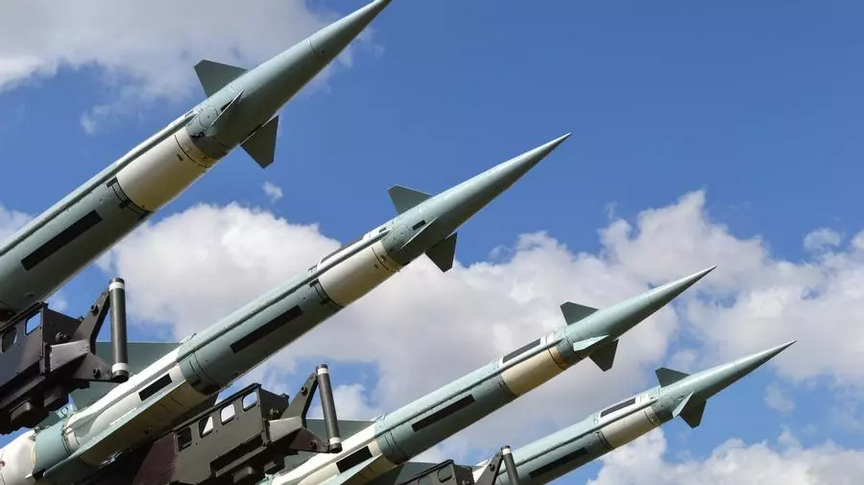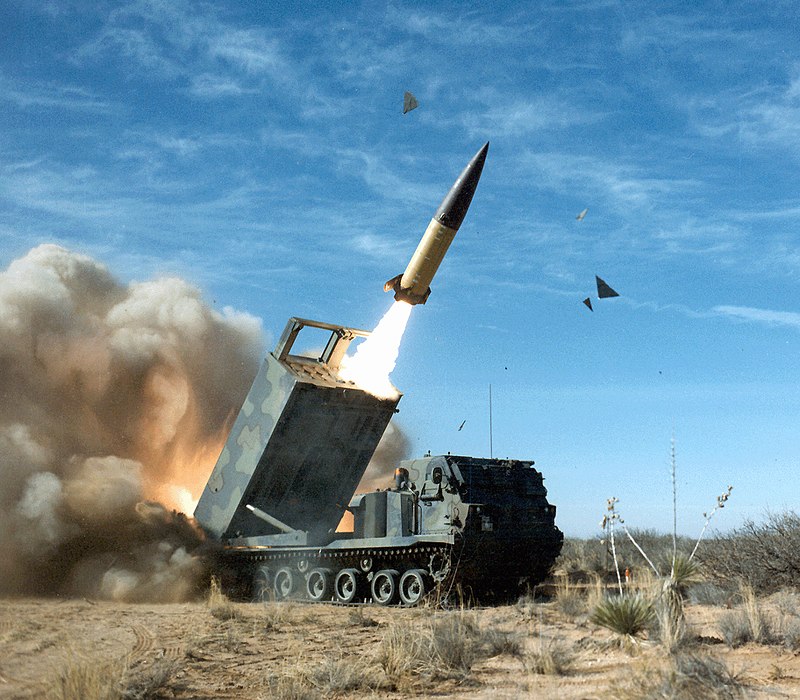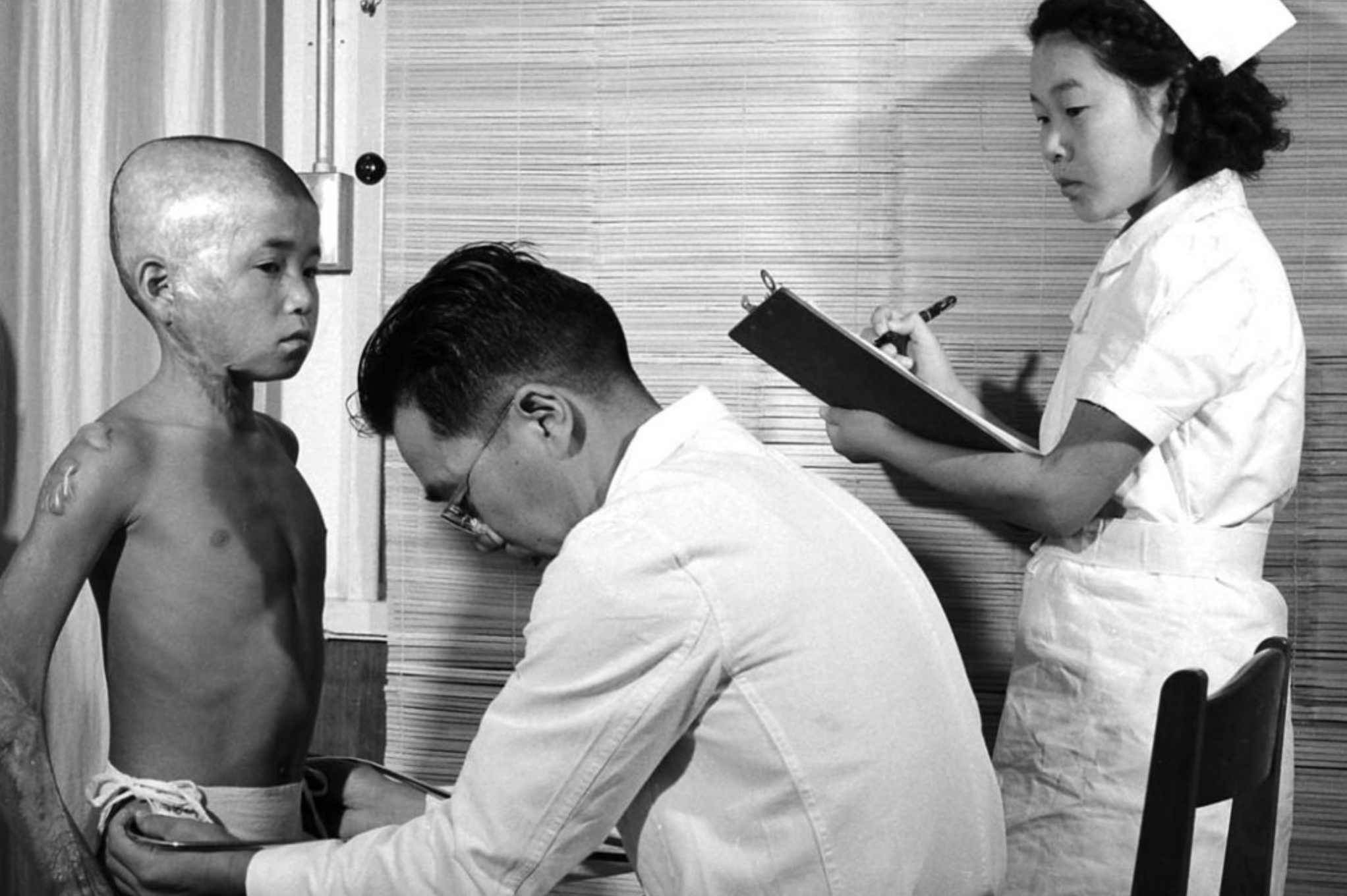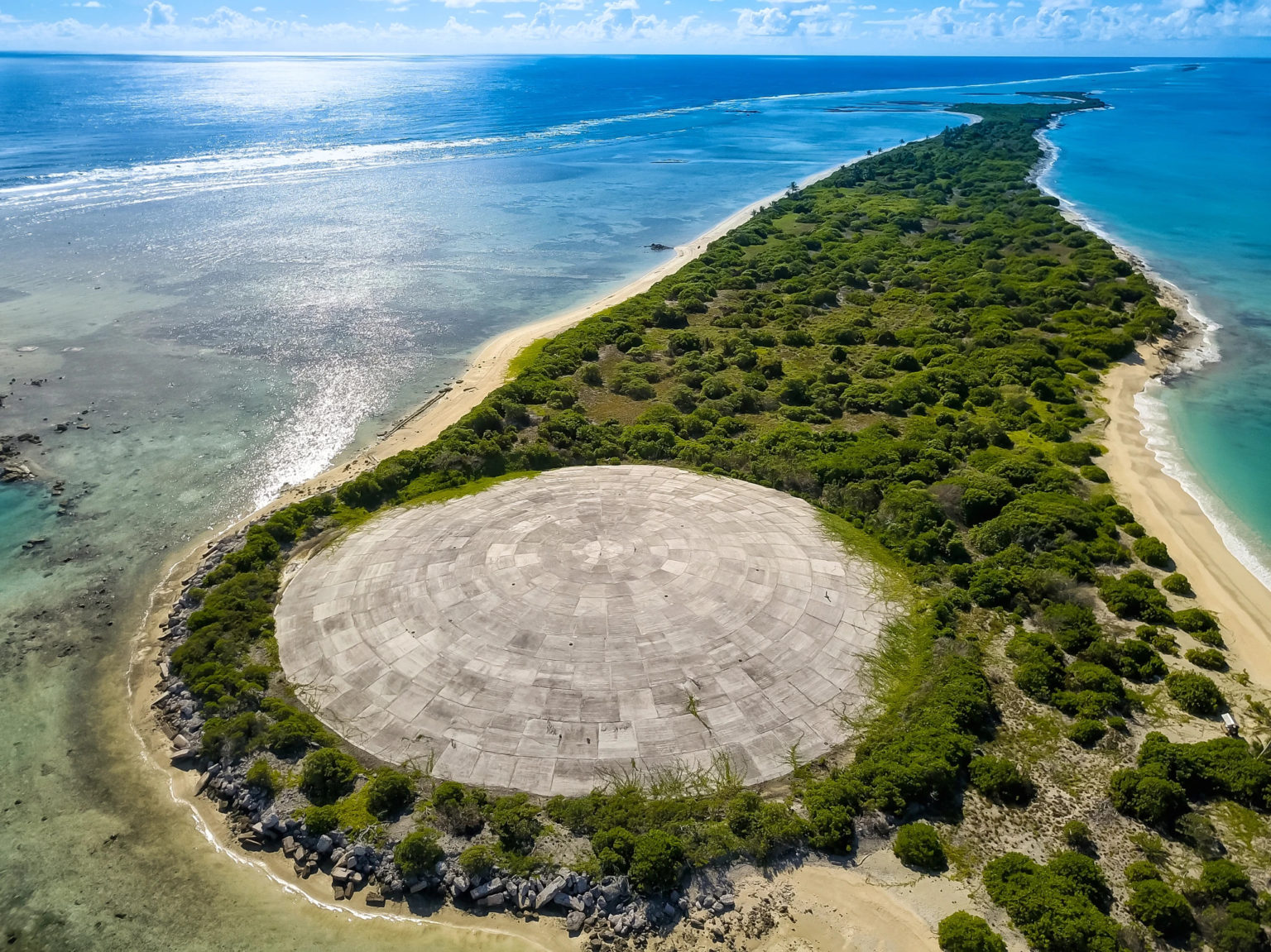We have 13,000 nuclear weapons in the world, and we have to unite the chance that we haven't activated it.
- Nine states officially have atomic weapons, 90 percent of which are in the hands of Russia and the United States. The non-reorientation of atomic attacks since the American releases to Hiroshima and Nagasaki on 6 and 9 August 1945 has long been associated with the "principle of deterrence". The current context, including the threats of Vladimir Putin, has called into question the reliability of this principle. In addition, even if you forget, a pump can be accidentally activated. It would be an accident, a mass destruction based on an accident -- but it can happen, and in the past, even if you don't know, we've avoided adjustments. Experts and journalists investigate cases silenced by heads of state.
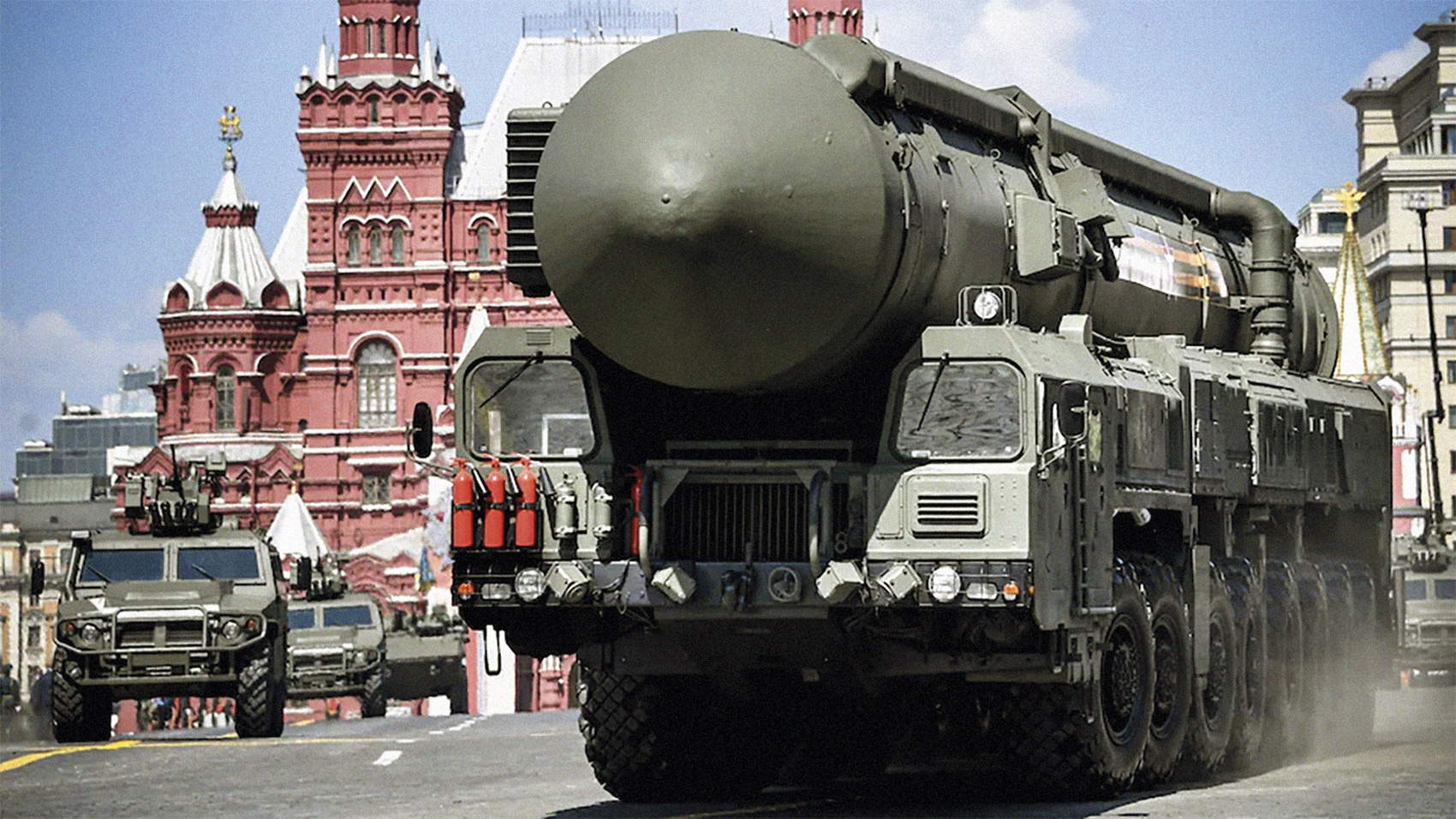
"We have to end with the idea that gun control is perfect that there have been no accidents." Repenser les choix nucléaires. The sepduction of l’impossible (“Rethinking nuclear options. Seduction of the impossible") are words of Benoît Pelopidas, author of the book. Geopolitical atomic weapon expert and founder of the first independent nuclear research centre in the French State, Nuclear Knowledges. To the extent that the nuclear bomb disaster has disappeared from ourselves, it regrets that we also dismiss the possibility of an accident.
However, he says that they have been undesirable accidents, and takes as an example that on 23 January 1961 a bomb launcher was accidentally dissolved in the city of Goldsboro, North Carolina, releasing the two bombs that contained – 260 times the capacity of Hiroshimakoa. The truth is that three of the four safety mechanisms did not work in one of them: the parachute was opened and the primer was activated. The disaster was avoided by a typical voltage switch operating at the last moment, as it was activated in contact with the pavement. Government of EE.UU. He undervalued the issue and, conversely, used the event to extol the level of security that exists in the field of these weapons. The Guardian opened the security gap in 2013 based on documents held by the US Government. Pelopidas points out that "this switch that saved us in Goldsboro over the next few years failed more than twenty times, as we have seen in the archives of the Sandia laboratory [which is controlling the safety of nuclear bombs]."
On January 23, 1961, a bomb launcher accidentally dissolved over the Goldsboro, releasing two bombs,
260 times Hiroshima. Three out of four safety mechanisms did not work.
The risk of the accident is there, and probably today they are also inevitable. The Guardian also added that in the book Atomic Gaffes, written by journalist Eric Schlosser, between 1950 and 1968, the US Government avoided 700 accidents and kept them secret.
But in addition to the accidental explosion, Pelopidas says there's also the optional one. He considers that the atmosphere of this last year serves us to evoke it: “The possibility of fracture of nuclear bombs was taken from our sight, and he also lost consciousness of the nuclear vulnerability we need. The current threats serve to remind us that the possibility we had forgotten is real." It talks about the war between Ukraine and Russia and, more specifically, about the threat of a reopened nuclear attack by Vladimir Putin.
We take a hole, open the focus from the Kremlin Palace, and supposedly look at the 13,000 nuclear weapons that we've had as safely as possible. The first atomic attack, and the only one at the moment, was in 1945, targeted by the United States at Nagasaki and Hiroshima. The idea that it has not been reused is often associated with the idea that it is a "deterrent weapon", the spectre of the atomic response which, with enormous destructive capacity, would suppress the desire to attack the contrary. The war between Russia and Ukraine has sparked a debate on this principle because what has worked so far does not mean that it serves forever. In other words, both Russia and the West say that if they intensified the attacks, they would be successful in launching the nuclear bomb. But is that balance really safe? Pelopides doesn't believe in it blindly and says it's a parium: "It's a strategy based on threat, and vulnerability is a pair that sets as a security guarantee." But, as you know, you can win or lose a celery.
“The principle of deterrence is a strategy based on threat, and vulnerability is a parium that sets as a security guarantee”
Benoît Pelopidas
Time of arms proliferation
All the experts agree that the high-voltage environment is the one that ends the tendency to reduce the nuclear weapons that existed until now. The 13,000 official weapons are distributed among the nine states: 5,977 Russian warheads; 5,428 warheads EE.UU. ; and then they come further from China with its 350 warheads; France (290 warheads); Unified Reyno (225); Pakistan (165); India (160); Israel (90) and North Korea (20). "All states that have nuclear are modernizing and expanding their arsenal; and most refine their nuclear rhetoric and the role of nuclear weapons in the military strategy," explains Wilfred Wan, representative of the Stockholm International Peace Research Institute, SIPRI. It is significant, for example, that Russia departed at the end of February from the START New treaty for the control of nuclear weapons between Washington and Moscow. The announcement came the day before the Russian invasion was one year old. Because the number of weapons restricted by the Treaty, even if it is symbolic, also depends on the limit imposed by both parties to kill millions of people, to destroy everything – and "atomic winter", that is, to deduct the generalised decrease in temperatures from the ashes produced. Moreover, the agreement did not provide for the "tactical weapon". In the latter case, all parties have built the reputation of a lighter and sweeter weapon, it is false the discharge: they have a force between 1 and 100 kilotons and given that the Americans sent Hiroshima at 12, the risk of separation is clear.

Nor did the 10th Conference on the Nuclear Non-Proliferation Pact (NPT) reach agreement in August last year. In fact, not only do the armed forces not proliferate, but they commit themselves to disarm, while those who never do so to obtain the nuclear weapon. That is not the case either, and some states do not comply with their words. For example, the International Atomic Energy Agency (IAEA) has just reported that 83.7% enriched uranium particles have been found in an Iranian underground plant, reaching the bomb in 90%. France also launched in 2021 a programme to increase nuclear submarines. However, the Gabriel Peri Foundation says that without NPT the situation would be worse: "Although it is not perfectly on track, it has managed to limit access to military nuclear. The number of states that wanted this weapon has been tapped over the years (some 50 states have research reactors, even central ones, a very feasible military nuclear)." Another important text is the United Nations Convention to Prohibit Nuclear Weapons which entered into force on 22 January 2021, currently signed by 91 states (and ratified by 68 states). At the moment it is symbolic, because it is addressed to the signatories and those who have this weapon refuse to sign, but as the number of signatories increases, the anti-nuclear pressure will also rise.
Taking all this into account, Pelopidas sees the need to "de-energize" the nuclear weapon: "The sustut should not be positioned to the extent of the other weapons, its capacity to destroy life and material objects must be underlined, but, de-energized, we could speak in an informed and clear way to see where we want to go. We have to break down traits that cannot prove truthfulness."
Arma nuklearren produkzioarekin, mantentze lanekin eta modernizazioarekin loturak dituzten hainbat enpresa aztertu dituzte, eta horien artean agertzen dira BBVA, Santander bankua eta SEPI.
Japan, 6 and 9 August 1945, the United States launched an atomic bomb causing tens of thousands of deaths in Hiroshima and Nagasaki; although there are no precise figures, the most cautious estimates indicate that at least 210,000 people died at the end of that year. But in... [+]
On the occasion of the Hiroshima G7, the temptation to say again what Marx has made us repeat too many times, putting us in the mouth of Hegel, is not a fool: “Hegel says that all the great events and characters in universal history appear twice, but he forgot to say: once as... [+]












